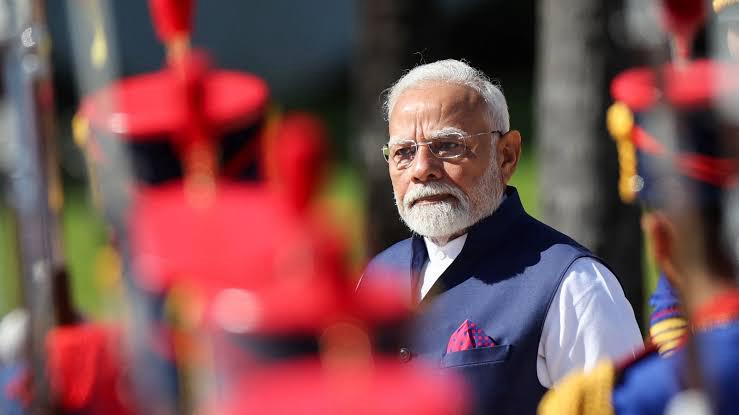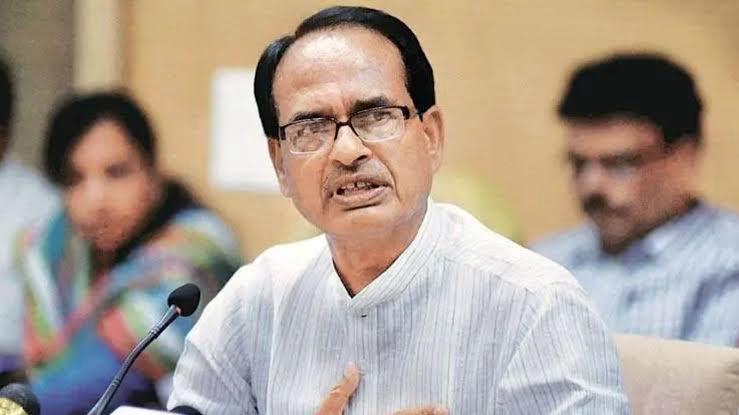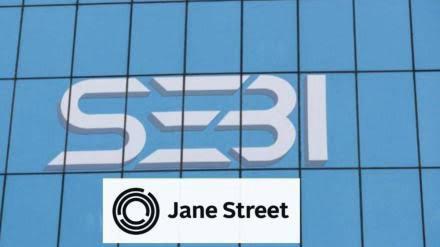 Image Source: Komparase.com
Image Source: Komparase.com
If you’ve ever used your credit card for an international purchase—whether on a trip or while shopping online—you might have noticed the final amount on your statement is higher than you expected. That’s because international credit card transactions come with a handful of hidden costs that aren’t always obvious at checkout.
What’s Really Going On?
Most Indian credit cards charge a foreign transaction fee, usually between 1% and 3.5% of the transaction value. On top of that, there’s GST, which bumps up the cost even more. Let’s say you spend ₹10,000 abroad and your card has a 3% fee; with GST, you’ll actually pay over ₹10,350.
Then there’s the currency conversion markup. Banks and card networks rarely use the real-time market exchange rate. Instead, they add a little extra to the rate, quietly increasing the total you pay.
Some merchants will ask if you want to pay in rupees instead of the local currency. This is called dynamic currency conversion (DCC). It sounds convenient, but the exchange rate is usually worse, and you might get hit with extra processing fees.
If you use your card to withdraw cash from an ATM overseas, expect even more charges: a flat fee, a percentage of the amount, and the usual foreign transaction fee.
How Can You Avoid These Surprises?
-
Look for cards that offer zero or low forex markup, but always check the exchange rate they use.
-
Always choose to pay in the local currency, not rupees, when given the option.
-
Read your card’s terms before you travel or shop online internationally.
-
Prepaid forex cards can sometimes offer better rates and fewer surprises.
-
A little planning can go a long way toward saving money on your next international purchase.
Sources: Upstox, NDTV Profit, DNBC Group, Policybazaar, BankBazaar, Business Today, Paisabazaar
Advertisement
Advertisement





